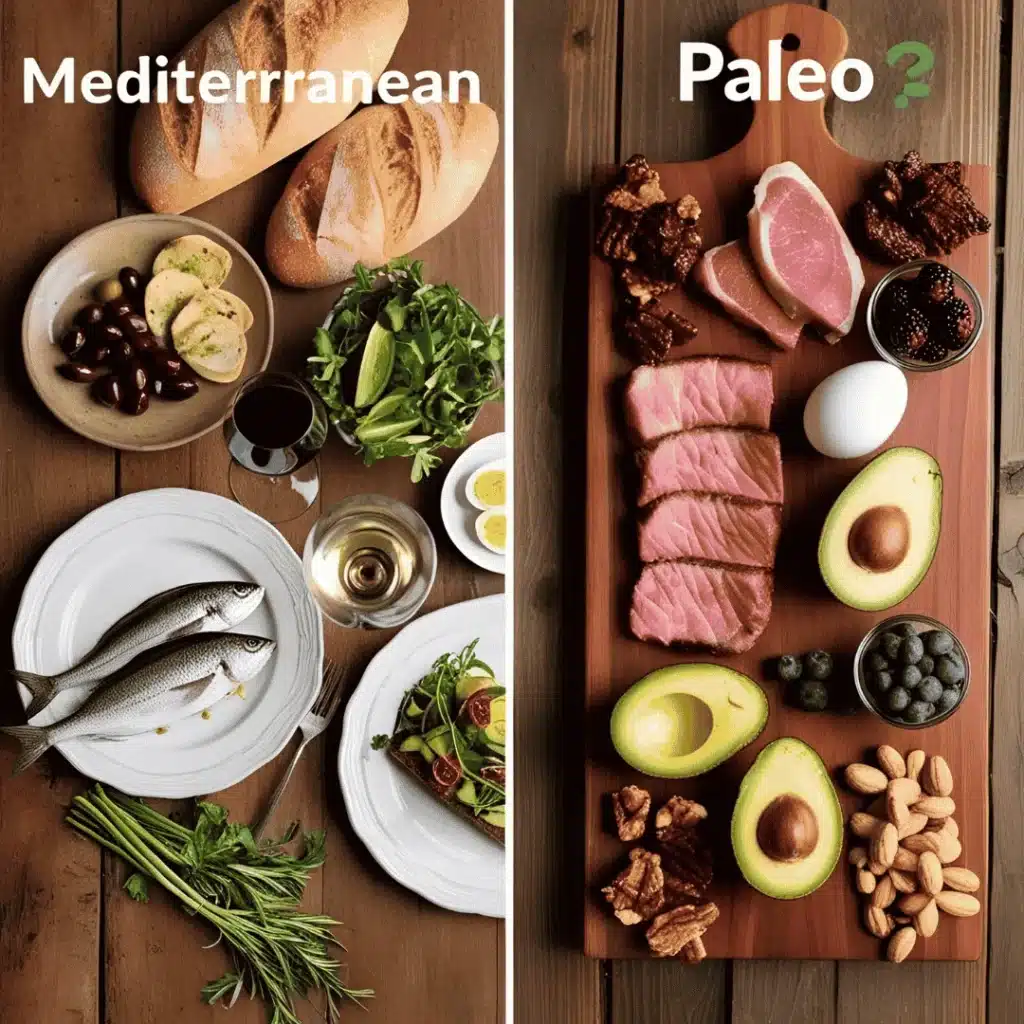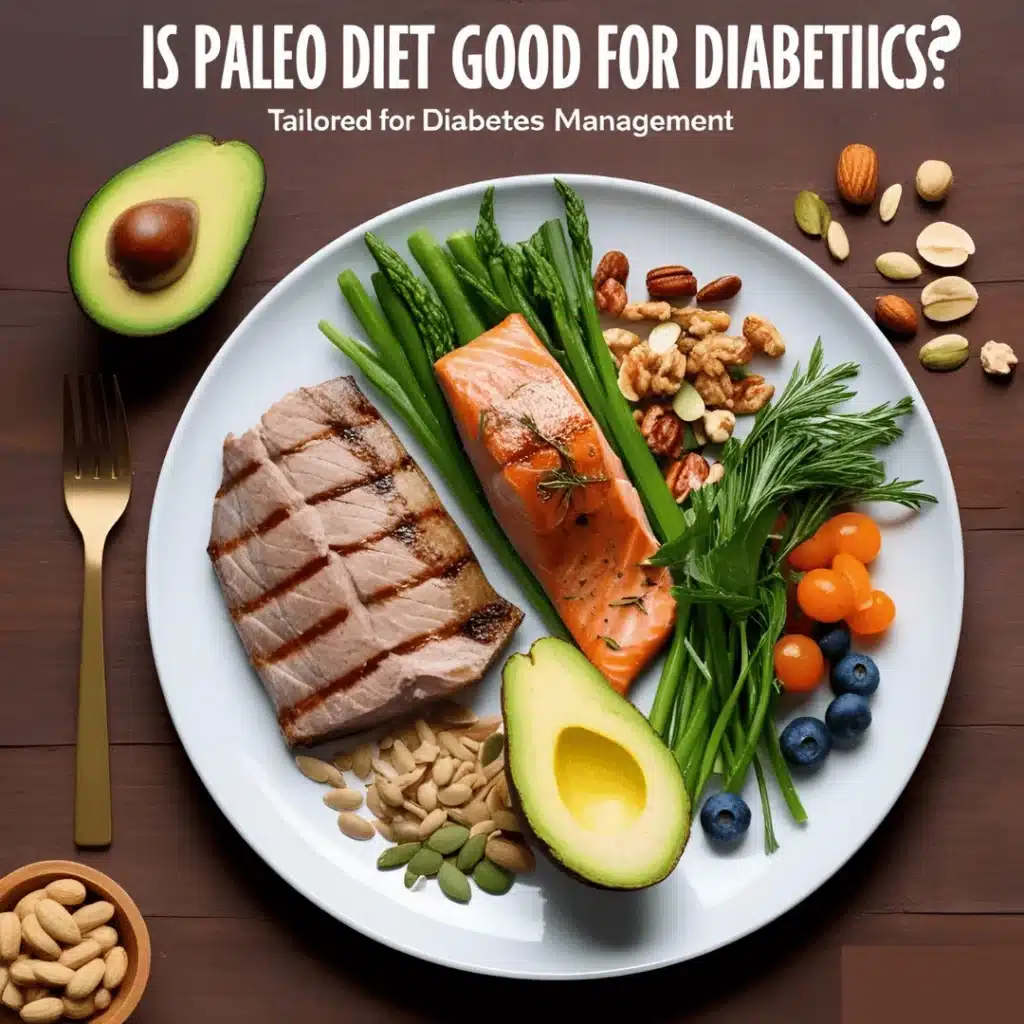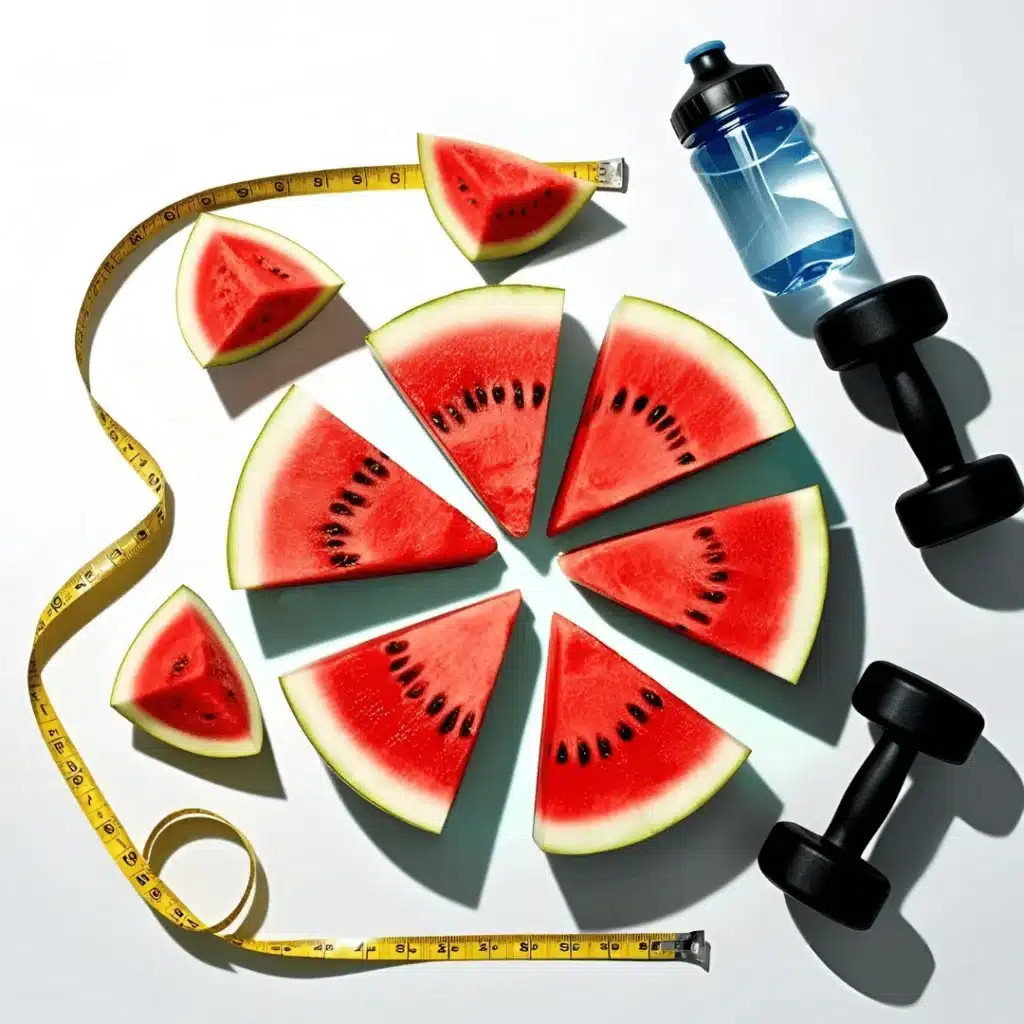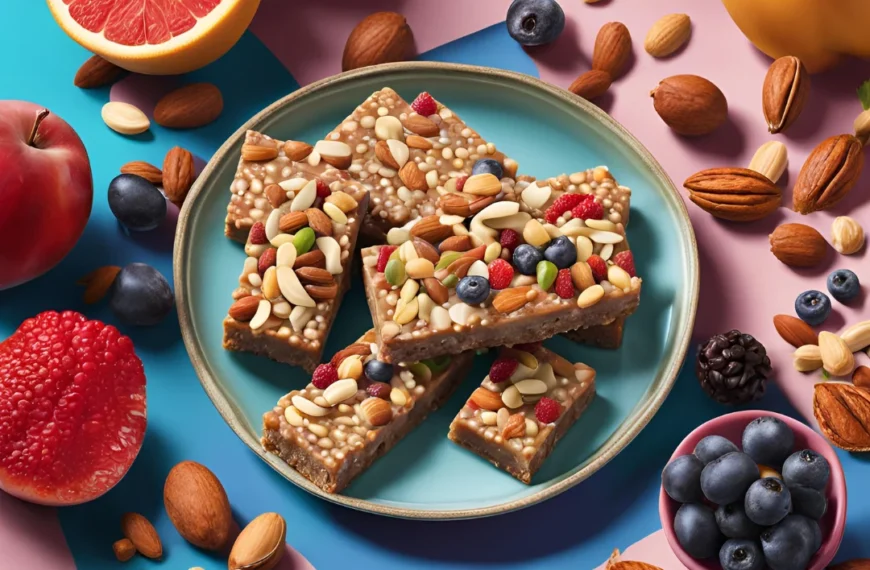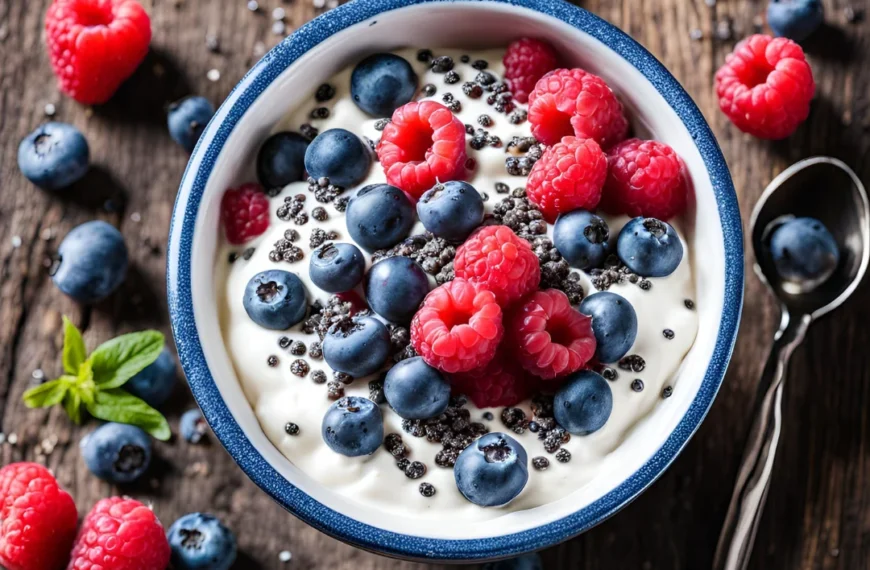Table of Contents
ToggleSummary
The DASH Diet (Dietary Approaches to Stop Hypertension) is a heart-healthy eating plan designed to lower blood pressure, improve heart health, and reduce the risk of chronic diseases. It emphasizes nutrient-rich foods like fruits, vegetables, whole grains, lean proteins, low-fat dairy, nuts, and seeds, which are packed with fiber, potassium, calcium, and healthy fats. A key aspect of the DASH Diet is limiting sodium intake to 1,500–2,300 mg per day, which helps prevent high blood pressure and fluid retention. Additionally, the diet discourages processed foods, sugary drinks, and excessive red meat consumption, promoting natural, whole foods for optimal health.
Following the DASH Diet can lead to better heart health, weight management, and reduced risk of type 2 diabetes. Whole grains like quinoa and brown rice support gut and cardiovascular health, while lean proteins such as chicken, fish, and legumes aid in muscle maintenance and metabolic function. Nuts and seeds provide omega-3 fatty acids and essential minerals, while low-fat dairy delivers calcium for blood pressure regulation. By adopting this science-backed diet plan, individuals can improve their overall well-being, boost energy levels, and maintain a healthy weight without drastic restrictions.
Introduction
Hypertension, commonly known as high blood pressure, is a global health crisis affecting millions worldwide. It significantly increases the risk of heart disease, stroke, and kidney failure. Managing high blood pressure is crucial for long-term health, and one of the most effective dietary approaches to achieve this is the DASH Diet. The DASH Diet is a scientifically backed eating plan designed to help individuals control their blood pressure naturally. This blog will explore the ins and outs of the DASH Diet, providing practical tips, a meal plan, and the numerous health benefits it offers.
Understanding Hypertension
What is Hypertension?
Hypertension occurs when the force of blood against the artery walls is consistently too high. This condition puts strain on the cardiovascular system, increasing the likelihood of severe health complications.
Risk Factors for Hypertension
Several factors contribute to high blood pressure, including:
- Excessive salt intake
- Lack of physical activity
- Poor diet
- Smoking and excessive alcohol consumption
- Genetic predisposition
- Stress and obesity
Stay Updated with Wise Diets
Subscribe to the Wise Diets newsletter for the latest health tips, meal plans, and wellness updates straight to your inbox!
Health Complications of High Blood Pressure
Uncontrolled hypertension can lead to serious conditions, such as:
- Heart disease and stroke
- Kidney failure
- Vision problems
- Cognitive decline and dementia
What is the DASH Diet?
The DASH Diet (Dietary Approaches to Stop Hypertension) is a scientifically backed eating plan designed to lower blood pressure, improve heart health, and promote overall well-being. Recommended by top health organizations like the National Heart, Lung, and Blood Institute (NHLBI) and the American Heart Association (AHA), the DASH Diet emphasizes nutrient-rich, whole foods while limiting processed and high-sodium items.
Core Principles of the DASH Diet
- Encourages whole, unprocessed foods
- Emphasizes fruits, vegetables, and lean proteins
- Limits sodium intake
- Promotes heart-healthy fats
- Reduces added sugars and refined carbohydrates
Recognition by Health Organizations
The DASH Diet has been endorsed by:
- The American Heart Association (AHA)
- The National Heart, Lung, and Blood Institute (NHLBI)
- The Centers for Disease Control and Prevention (CDC)
- The Mayo Clinic
Key Components of the DASH Diet
The DASH Diet is structured around a balanced intake of essential nutrients, emphasizing whole, unprocessed foods that naturally help lower blood pressure, reduce inflammation, and improve overall health. Below are the key components of the DASH Diet and their role in maintaining a heart-healthy lifestyle.
1. Fruits & Vegetables: Nutrient Powerhouses
Fruits and vegetables are the foundation of the DASH Diet because they provide a wide range of essential vitamins, minerals, and antioxidants that promote cardiovascular health and reduce inflammation.
Benefits:



Best Choices:


📌 Tip: Aim for at least 4–5 servings of fruits and vegetables daily.
2. Whole Grains: A Heart-Healthy Carb Source
Whole grains are an excellent source of complex carbohydrates, fiber, and essential nutrients that contribute to steady energy levels and heart health. Unlike refined grains, whole grains retain their bran, germ, and endosperm, making them nutritionally superior.
Benefits:



Best Choices:
✔️ Brown rice, quinoa, whole wheat bread, oats, barley, bulgur, and whole grain pasta
📌 Tip: Swap white bread and pasta for whole-grain alternatives to maximize benefits.
3. Low-Fat Dairy: Calcium for Blood Pressure Control
Low-fat dairy is a key component of the DASH Diet, as it provides calcium, potassium, and protein, which help regulate blood pressure and muscle function.
Benefits:



Best Choices:
✔️ Skim or low-fat milk
✔️ Greek yogurt
✔️ Cottage cheese
✔️ Low-fat cheese
📌 Tip: Avoid full-fat dairy products that contain high levels of saturated fat, which can raise cholesterol levels.
Low-fat dairy is a key component of the DASH Diet, as it provides calcium, potassium, and protein, which help regulate blood pressure and muscle function.
4. Lean Proteins: Essential for Muscle & Heart Health
The DASH Diet encourages lean protein sources that provide essential amino acids for muscle repair, metabolism, and heart health. Reducing red meat and processed meats can lower the risk of hypertension, high cholesterol, and heart disease.
Benefits:



Best Choices:
✔️ Skinless poultry (chicken, turkey)
✔️ Fish (salmon, tuna, cod, trout)
✔️ Legumes & Beans (lentils, chickpeas, black beans)
✔️ Plant-Based Proteins (tofu, tempeh, edamame)
📌 Tip: Aim for 2 servings of lean protein per day and limit processed meats like bacon and sausages.
5. Nuts & Seeds: A Source of Healthy Fats
Nuts and seeds are packed with unsaturated fats, fiber, and plant-based proteins that promote heart health and help reduce inflammation.
Benefits:



Best Choices:
✔️ Nuts: Almonds, walnuts, pistachios, cashews
✔️ Seeds: Flaxseeds, chia seeds, pumpkin seeds, sunflower seeds
📌 Tip: Stick to a handful of nuts per day (about 1 ounce) to avoid excess calories.
How the DASH Diet Lowers Blood Pressure
The DASH Diet works by balancing key nutrients essential for heart health:
The DASH Diet works by balancing key nutrients essential for heart health:
- Potassium: Helps regulate blood pressure by balancing sodium levels.
- Calcium: Supports healthy blood vessels and reduces hypertension.
- Magnesium: Aids in blood vessel relaxation.
- Fiber: Improves heart health and lowers cholesterol.
- Low Sodium: Reduces fluid retention and blood pressure levels.
Scientific Studies Supporting the DASH Diet
Numerous studies have validated the effectiveness of the DASH Diet, showing significant reductions in blood pressure within just a few weeks of adherence.
Additional Health Benefits of the DASH Diet
Apart from lowering blood pressure, the DASH Diet offers:
- Weight Management: Encourages healthier food choices.
- Reduced Risk of Heart Disease: Supports cardiovascular health.
- Improved Insulin Sensitivity: Helps regulate blood sugar levels.
- Better Digestion: Rich in fiber for a healthier gut.
Combining the DASH Diet with Other Lifestyle Changes
For maximum benefits, combine the DASH Diet with:
- Regular Exercise: Engage in 30 minutes of daily physical activity.
- Stress Management: Practice meditation, yoga, or deep breathing.
- Limiting Alcohol: Reduce alcohol intake for better heart health.
- Smoking Cessation: Avoid smoking to improve overall well-being.
Stay Updated with Wise Diets
Subscribe to the Wise Diets newsletter for the latest health tips, meal plans, and wellness updates straight to your inbox!
Conclusion
The DASH Diet is a scientifically proven, heart-healthy eating plan that helps lower blood pressure, support heart health, and promote overall wellness. By focusing on nutrient-rich foods like fruits, vegetables, whole grains, lean proteins, low-fat dairy, and healthy fats, while limiting sodium, processed foods, and sugary drinks, it offers a balanced and sustainable approach to nutrition. Unlike restrictive diets, the DASH Diet encourages healthy eating habits that are easy to maintain long-term.
Adopting the DASH Diet can lead to better cardiovascular health, weight management, and reduced risk of chronic diseases like hypertension and diabetes. With its flexible and practical guidelines, this diet can be easily integrated into daily life, making it one of the best choices for long-term well-being. Start your journey today and experience the power of a heart-healthy lifestyle!
For more healthy eating tips, check out Wise Diets.
FAQs
1. What is the DASH Diet and how does it lower blood pressure?
The DASH Diet (Dietary Approaches to Stop Hypertension) is a heart-healthy eating plan designed to lower blood pressure naturally. It focuses on nutrient-rich foods like fruits, vegetables, whole grains, lean proteins, and low-fat dairy, while limiting sodium, processed foods, and sugary drinks. The diet helps regulate blood pressure by increasing potassium, calcium, and magnesium intake, which counteract the effects of sodium.
2. What foods should you eat on the DASH Diet?
The DASH Diet food list includes plenty of fresh fruits and vegetables, whole grains, lean proteins (like fish and poultry), low-fat dairy, nuts, seeds, and healthy fats. It encourages reducing red meat, processed foods, high-sodium meals, and sugary beverages, making it an ideal choice for heart health and weight management.
3. Is the DASH Diet good for weight loss?
Yes, the DASH Diet helps with weight loss by promoting whole, unprocessed foods that keep you full longer while reducing excess calories from sugary and high-fat foods. By limiting sodium intake and emphasizing high-fiber and protein-rich meals, the diet boosts metabolism and supports sustainable weight management.
4. How much sodium should you consume on the DASH Diet?
The DASH Diet sodium limit is 1,500 to 2,300 mg per day, depending on individual health needs. Lowering sodium intake helps reduce water retention, prevent high blood pressure, and lower the risk of heart disease. Instead of salt, the diet recommends using herbs, lemon, vinegar, and spices to enhance flavor.
5. Can the DASH Diet help prevent other diseases besides hypertension?
Yes, the DASH Diet benefits go beyond blood pressure control. It can reduce the risk of heart disease, stroke, type 2 diabetes, and obesity by promoting balanced nutrition and healthy lifestyle choices. The diet’s anti-inflammatory and nutrient-dense foods also support better digestion, improved energy levels, and long-term well-being.


